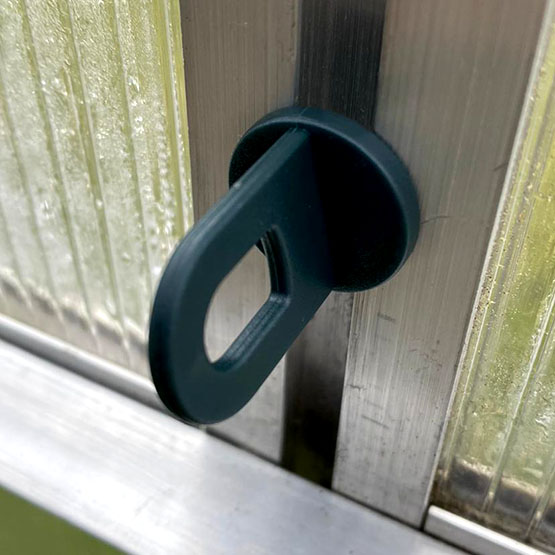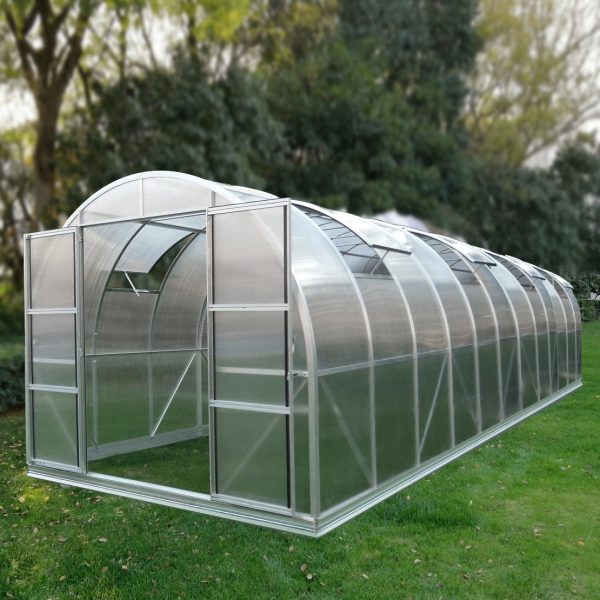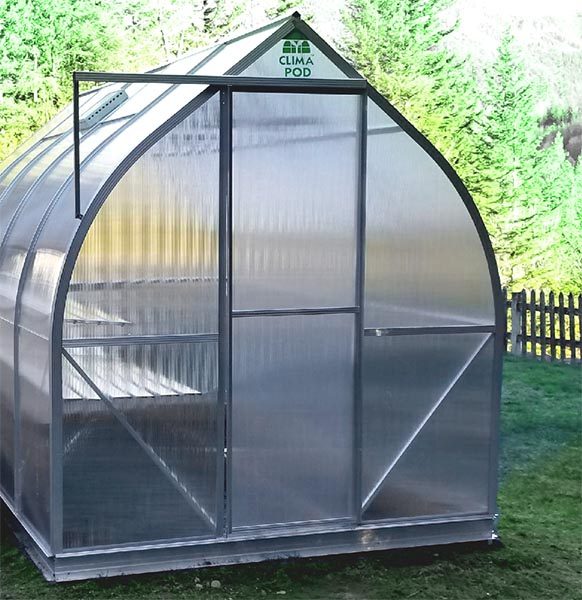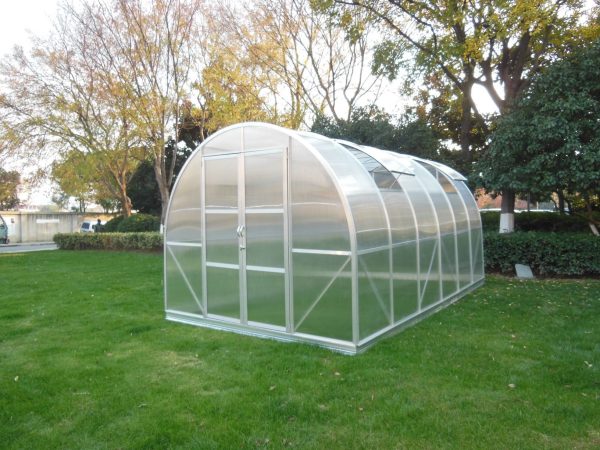Heating the Soil in the Greenhouse and How to do it?
The main purpose of heating the soil in the greenhouse is to grow different crops irrespective of the time of the year. Either enjoy fresh fruits, vegetables and greens all time around the year or receive income from the sale of grown plants. If you want to be able to grow your favorite parsley, cucumber or tomatoes even in the most severe frosts you need to have an ideal microclimate that can be achieved by heating the soil.
Why it is Necessary to Heat the Soil
Main advantages of greenhouse heating are:
- growing of crops in short and very accelerated terms;
- the ability to make thermoregulation with which you can grow a variety of crops that require very specific microclimate;
- growing seedlings in the winter season;
- since the heating of the soil has a high efficiency then it makes sense to save considerably on the waste of electricity;
- small bactericidal effect;
- the duration of the harvest increases.
Everyone can warm the soil in his own greenhouse. This type of greenhouse heating is cheap. You do not need to use additional ventilation because the ground is heated without burning out oxygen in the greenhouse. That is why soil heating saves a lot of your money and resources.
Types of Heating of the Soil
There are several ways on how to heat a greenhouse
- Biological heating (bio-heating);
- Water heating;
- Electrical heating;
- Air Heating.
Bio Heating
Bio-heating today is the most economical way of heating the costs of which can be covered by any owner of a greenhouse. The heating of the soil in the greenhouse can be done by any improvised biomaterial: manure, sawdust, bird droppings, woody leaves. Each type of these materials with natural decomposition can release a certain amount of heat. So, this heating method is an ideal option because with its help it is possible to grow various plants at the optimal temperature and also to use this material as a fertilizer.
If you want to get the maximum effect, you must steam the material before usage. Steam it until the steam comes out. The right way to do this is to use boiling water, sunlight or treat the material with quicklime.
Electric Heating
At this moment electric heating has a wide popularity. Synthetic materials for electric soil heat are produced in large quantities and have a small cost. The soil is heated by heating cables, mats, films and other materials.
The only drawback of this system is the expensive use because of the price of electricity. To heat the greenhouse with this method requires a large expenditure of resources which means that it will be necessary to pay large bills every month.
Heating Pads
Heating pads are one of the most common materials used to electronically heat the greenhouse soil. Heating pads provide more flexibility for growing different varieties of crops in the greenhouse because they can be adjusted easily at any specific temperature required to grow the crop. Most greenhouse heating pads also come with a thermostat meter and heating sensors that helps you to control the temperature of the soil. Greenhouse heating pads come in all shapes and sizes that can be placed easily underneath the gardening tray.
Heating Cables
Greenhouse Heating cable is another great alternative to heating pads. They are perfect for gardening containers of all kinds and shapes and work similarly to heating pads. The greenhouse heating cables are quite flexible cables that are simply attached to a power supply. Depending on your soil heating needs, these heating cables can be placed flat in straight lines that can heat selective areas and plants. Or it can be placed in a circular shape to prove concentrated heating to a larger single area. Typically, you can place the soil heating cables on the table, underneath the gardening tray, or simply bury the cables in the soil. Greenhouse soil heating cables are fully waterproof that can handle plant and soil weight.
Water Heating
The water heating method. The simplest and most understandable way of heating the greenhouse and soil is the water -type heating. The structure of the water heating method is pretty much the same as construction of the warm floor. The hot water circulates through the plastic pipes which are laid in the soil and produces heating.
The water heating system is economical in terms of material selection. But the installation of this system can be time consuming. This method of heating is best if the greenhouse has large dimensions and also if it is situated in the immediate vicinity of the residential building. This heating is suitable for greenhouses.
Air Heating
Hot air heating works perfectly well in a greenhouse that has raised bed floors. Hot air heating systems use piping that flows hot air and is buried strategically in the ground. The air heating pipes are attached to the main heater that pumps the air and moves it throughout the connected pipeline that is placed under the soil of the growing greenhouse plants. The hot air warms the pipes and the heat is transferred to the surrounding soil. The soil temperature rises by maintaining a constant heat range in the pipes and helps the pants to yield and stay healthy.
Can a Greenhouse Soil Get Too Hot?
It is very important to maintain the optimum temperature for the seeds to germinate and develop. The optimum temperature allows the plants to grow in the best and fastest way possible. The ideal temperature of the plant to develop at the fastest rate would be different for different crops.
If the temperature of the soil gets warmer than the optimum temperature, the germination of the seed and the plant’s growth would be slower. Hot soil temperature negatively impacts the growth of the plant during the development phase because it can affect the process of photosynthesis. If the soil temperature gets hotter than the maximum limits, it may result in dead plants and crops.
When your greenhouse soil gets too hot, it also dries out the moisture present in the soil at a faster rate which can also negatively impact the photosynthesis. Lack of water content in the soil is one of the main reasons behind the dead plants and crops in the greenhouse.






